The benefits of training pet parrots extend well after the entertainment value of a parrot that can talk and do tricks. It will strengthen your bond with your parrot, which will anticipate the one-on-one attention involved in training sessions, especially when success is translated to praises and attention together with favorite treats. Also, teaching some simple commands will make it easier for you to handle your parrot.
Keeping the interaction positive is the key to training your parrot. Three concepts that provide the basis for parrot training are: (1) parrot does something good --> give a reward; (2) parrot does something undesirable --> ignore it; and (3) never punish your parrot.
Although, it sounds a bit simple, you must achieve your goal, to shape your bird's behavior into what you want by rewarding it for good things and ignoring the bad things. Although, the reward can be a favorite food treat, simple praise or a play session with a treasured toy can be good motivation for some birds. If your parrot is doing something bad, simply ignore it because it does not respond to punishment. If your parrot is looking for attention, a negative reaction can turn into a reward, since a negative attention is better than none. If you ignore behavior, it might cause it to intensify, but the undesirable behavior will eventually most likely stop. Training can be positive, depending upon how you approach it.
Do training only when you are relaxed because it takes patience to do positive training. Train it at a time when it is attentive and not distracted by eating, preening, or household activity. Generally, frequent, but short, training sessions are more effective. Select a favorite reward, but do not overdo it. Do not give a treat every time your bird catches on to something. You can use praise part of the time, because your bird may only do the behavior if it knows you have a ready treat. End each session positively. Wait for a successful attempt/try at whatever you are training, give a treat, and proceed to something else. Make training sessions fun for you and your pet.
If you want your parrot to learn only two things, pick these ones. Train your pet to step up onto your finger or wrist/hand-held perch on command, and then step back off again. These skills are relatively easy and extremely important to teach, because stepping up is quite a natural movement for a bird. If your parrot can learn this skill, you can handle it easily and you can set some boundaries for it (for example, you can more easily remove your pet from areas in your home that are not bird-proofed, return a bird back to his or her play gym or cage, others). A baby bird is probably pretty cooperative but starting early with the step up and step down commands is still a good idea. Training allows you to give lots of positive reinforcement, and to set a good foundation for training more skills to your pet in the future.

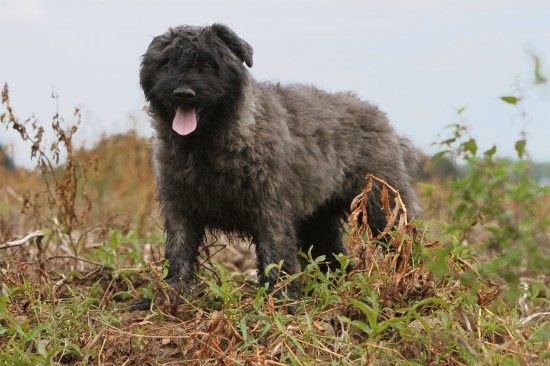 Some More Information On The Bouvier Des Flandres Dog Breed
Some More Informa
Some More Information On The Bouvier Des Flandres Dog Breed
Some More Informa
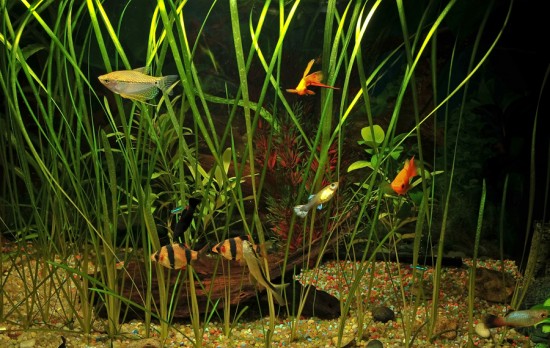 Biotopes; Putting Your Fish Into A Natural Environment
Biotopes; Putting
Biotopes; Putting Your Fish Into A Natural Environment
Biotopes; Putting
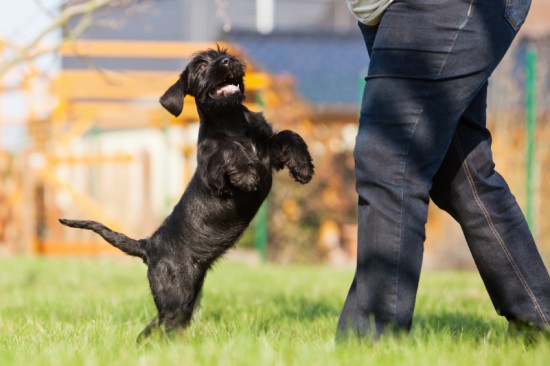 How To Stop Your Dog From Jumping Up At People
How To Stop Your
How To Stop Your Dog From Jumping Up At People
How To Stop Your
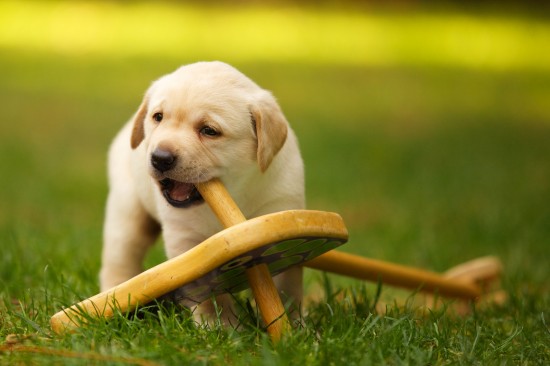 Why Dogs Love To Chew So Much
Why Dogs Love To
Why Dogs Love To Chew So Much
Why Dogs Love To
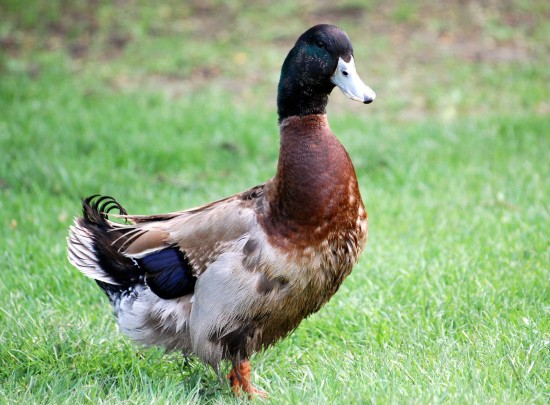 Wet Feather In Ducks & Geese Explained
Wet Feather In Du
Wet Feather In Ducks & Geese Explained
Wet Feather In Du